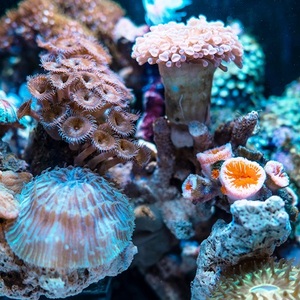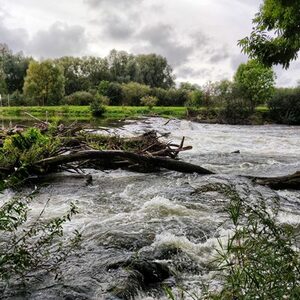

Tree rings are some of the most well-known sources for information about the history of Earth's climate over the past several hundred years. In some cases, as detailed in a previous article, this climate record extends back even into the thousands of years. However, data from tree rings is largely only applicable to the climate on land. What about the other 71% of this planet that is covered by ocean? What is a source of past climate data (climate proxy) under the ocean waves? One such ocean climate proxy highlighted in a recent study comes from corals.
As they grow, corals produce a ring structure that varies seasonally, much like the rings of terrestrial trees. The chemical composition of these coral rings also varies in proportion to the temperature of the water in which they lived. As part of her PhD research at the University of Melbourne, Australia, Dr. Mandy Freund headed a team which extracted 400 years of ocean climate data from corals across the central Pacific and eastern Indian Ocean. This ocean climate proxy data enabled a reconstruction of the cycles of El Niño events (warming of the ocean water in the equatorial Pacific) extending back well before the era in which instruments recorded ocean data, starting in the 20th Century.
Since the late 1980s, it has been shown in numerous studies that El Niño events may be further categorized into two groups: central Pacific (CP) and eastern Pacific (EP) events based on where the most pronounced above average sea-surface temperatures are found. One of the key findings from this latest study of the climate proxy data from corals shows that CP El Niño events are becoming far more common, just since the last few decades of the 20th Century, than at any other time over the last 400 years. At the same time, EP El Niño events are showing a marked decline in how frequently they occur.
El Niño has implications for the land-based climate across much of the world. For example, in the United States, El Niño tends to produce wetter than average conditions during the winter months (Dec-Feb) across the southern states. However, when separated into CP and EP El Niño events, CP events tend to produce drier conditions across the same southern tier of states compared to the EP El Niño events. In the future, if the trend for increasing CP and decreasing EP El Niño events continues, the prevalence of drought conditions may start to increase across the U.S., without the occasional wetter than average winters afforded by the increasingly more rare eastern Pacific El Niño.

